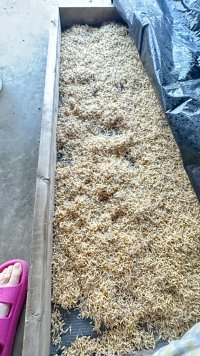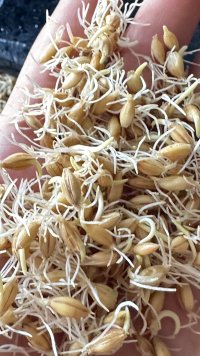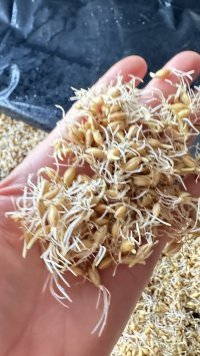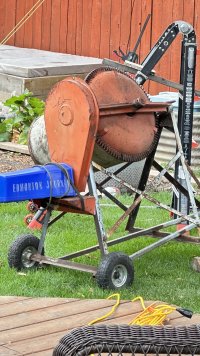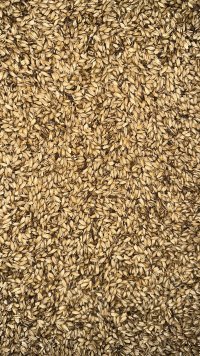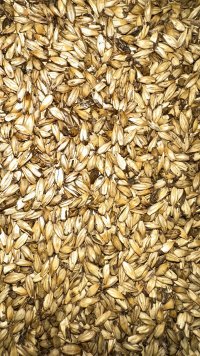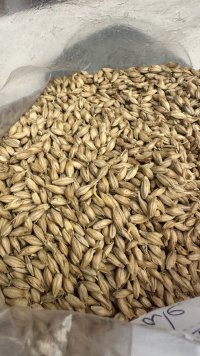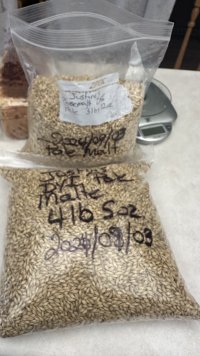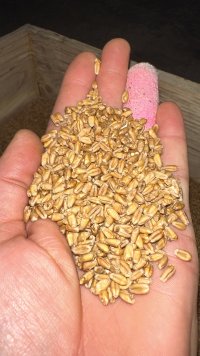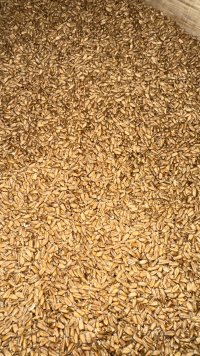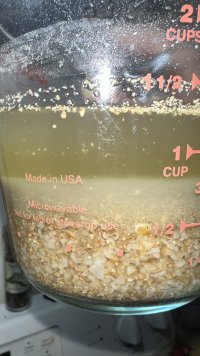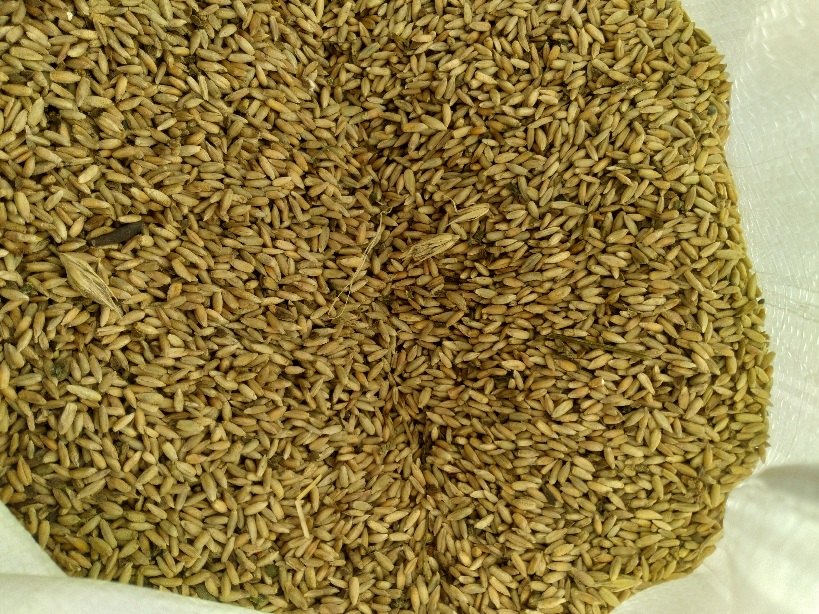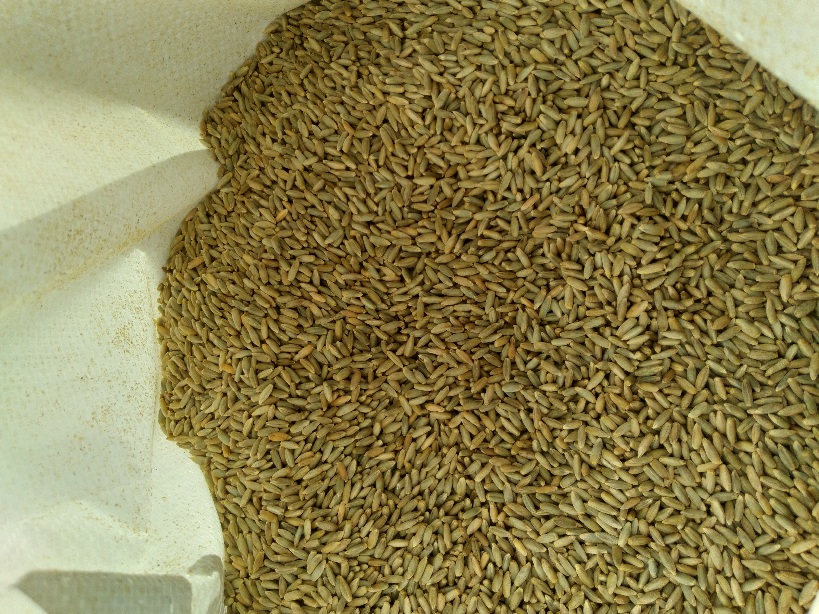- Joined
- Oct 12, 2020
- Messages
- 3,542
- Reaction score
- 6,804
Since you joined up recently, you'll be unaware of one of our beloved and dearly departed malters who was a longtime home-malter and general DIY'er. This may take some time to sort through, but you'll find it time amusingly spent with answers to all your questions about building and using what you need to malt at home....I typed "malting" into a search by member:Good morning, fellow homebrewers and enthusiasts.
I know this is an old thread, but it's still relevant to me. Unfortunately, the link at the top of the first post is dead, so I have nothing to read other than what's on this thread. I've been thinking about home malting barley for quite some time as I have access to a lot of it for free. However, I do need to clean it due to rocks, dirt, and other debris, but the extra work is worth it.
I just wanted to share my thoughts on how I was going to malt. Currently, I have about 4 lbs soaking in a bucket of fresh water. My plan is to soak it for 24 hours, drain it, sort out the rocks and debris, refill it again, and let it soak until I start seeing the germination process. Then I was going to drain it, put it on my garage floor in a box with a screen at the bottom to allow water and air to flow. This will keep the grain contained and neat while sitting on the floor, and the cool temperatures from the concrete will aid in the process.
I do have a few questions:
1. After the germination process, when the little rootlets reach a certain size, can I just dry it and consider it a base pale malt, or do I need to do more steps?
2. I like biscuit malts. If I wanted to make my barley into one, what would be a good process?
3. Torrefaction - do I need to malt first before I torrefy? I have over a ton to work with, so I can experiment and if I mess anything up, I can just compost it.
4. How can I make my malt darker without killing off the enzymes? At what temperature would these enzymes denature? I have a convection oven that goes as low as 170°F and as high as 575°F, and I'd love to make some crystals once my malting process is refined.
So I was just rereading a couple posts above. about this rotisserie style drum drying and I just had this thought. If all works out, it'd be perfect way to make your own home smoked. malt either cherry, apple, oak you know what I mean just food for thought. I'm definitely going to be thinking of this one.
Happy Malting boys and girls.
https://www.homebrewtalk.com/search/8324648/?q=malting&c[users]=Bracconiere&o=relevance
As I said; it'll take some time, but there are a handful of threads that go into very deep detail while most just mention it. I haven't the time to dig myself, but you'll likely get some smiles while sifting through.



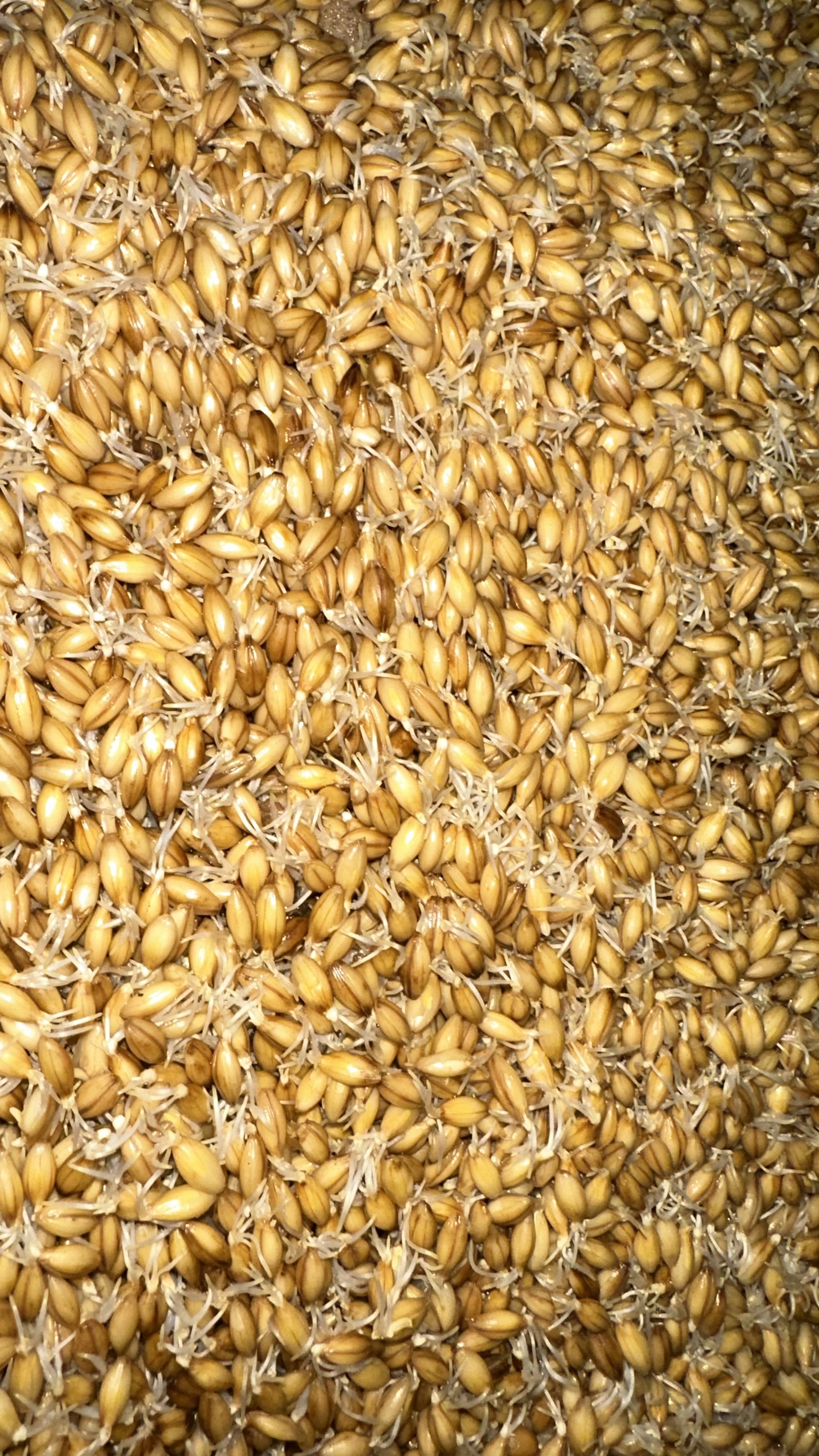
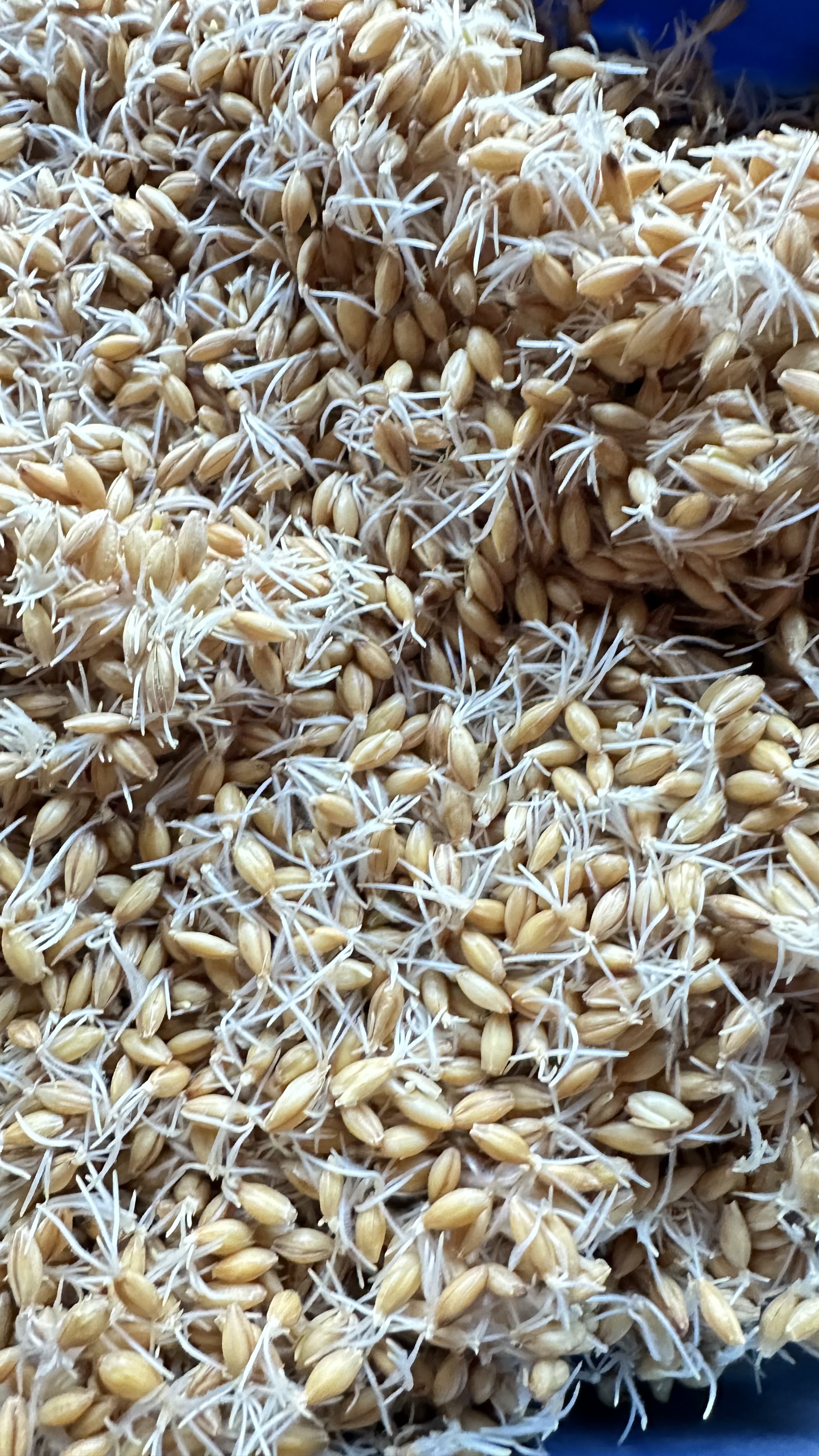


























![Craft A Brew - Safale BE-256 Yeast - Fermentis - Belgian Ale Dry Yeast - For Belgian & Strong Ales - Ingredients for Home Brewing - Beer Making Supplies - [3 Pack]](https://m.media-amazon.com/images/I/51bcKEwQmWL._SL500_.jpg)





























